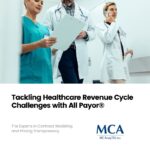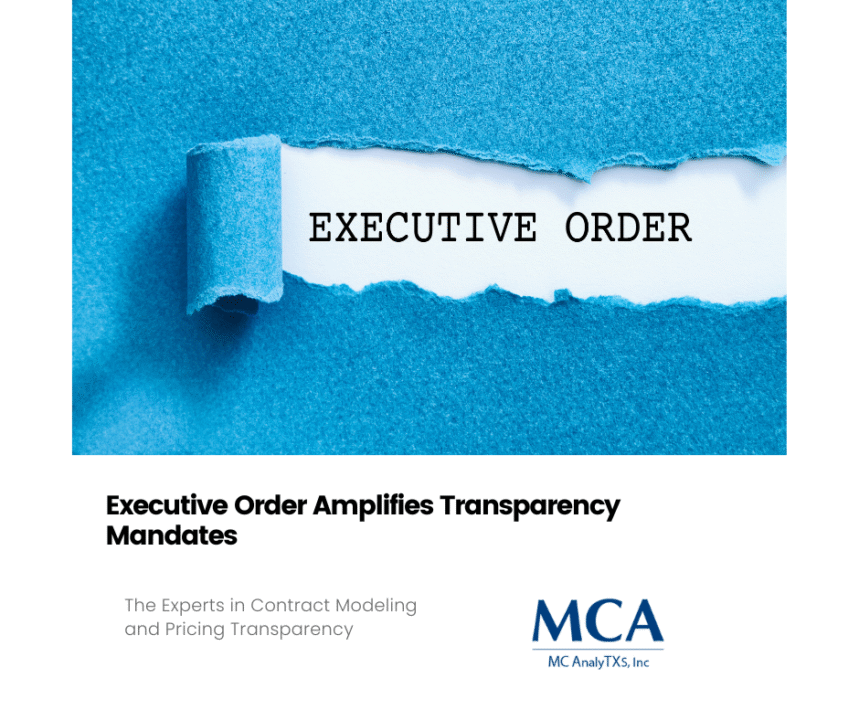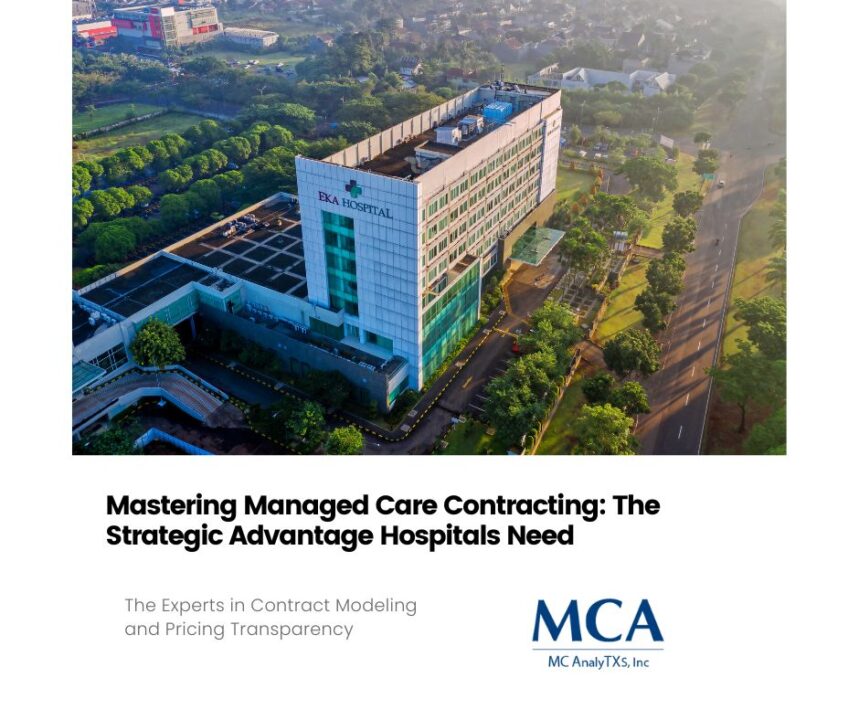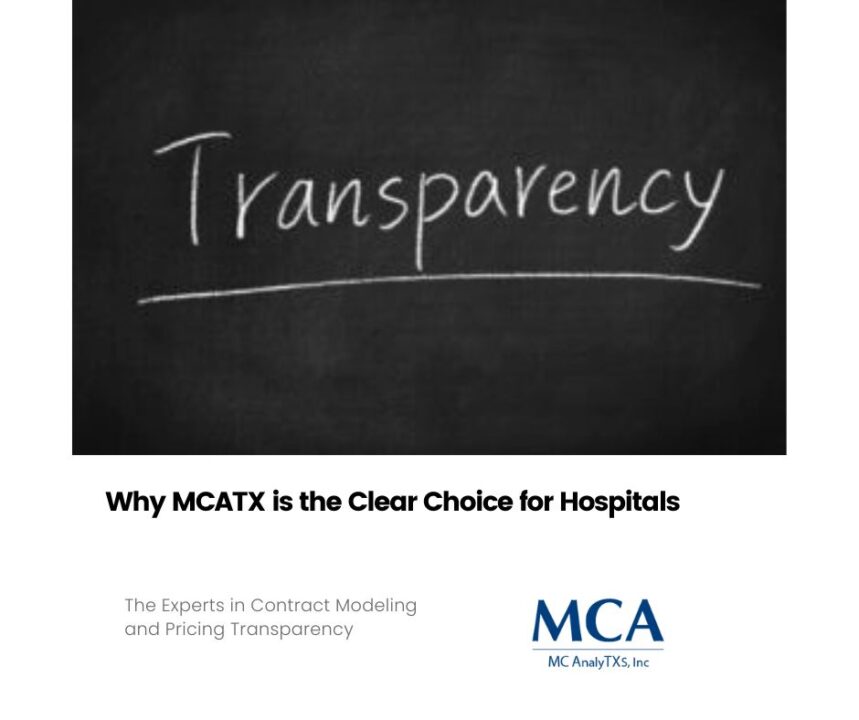

Best Practices for Denials Prevention in RCM Management
June 13, 2024Introduction
The financial health of healthcare organizations hinges on the efficiency of their revenue cycles. While much attention is given to the front-end and back-end processes, the mid-revenue cycle often remains a less-explored but crucial phase. For revenue cycle specialists, mastering the mid-revenue cycle can unlock significant financial gains and operational efficiencies. In this article, we’ll dive deep into the mid-revenue cycle, explore common challenges, discuss actionable strategies for success, and highlight the role of technology in optimizing these processes.
Understanding the Mid-Revenue Cycle
Definition and Components of the Mid-Revenue Cycle
The mid-revenue cycle is the bridge between the front-end registration and scheduling processes and the back-end collections and payment procedures. It includes critical tasks such as clinical documentation improvement (CDI), coding, charge capture, and pre-billing audits. Effective management of the mid-revenue cycle ensures accurate billing and minimizes revenue leakage.
Importance of Optimizing the Mid-Revenue Cycle for Healthcare Organizations
Optimizing the mid-revenue cycle is essential for maintaining the financial stability of healthcare organizations. Accurate documentation and coding are paramount, as they directly influence reimbursement rates. Poor management in this phase can lead to claim rejections, denials, and underpayments, all of which negatively impact cash flow. By focusing on mid-revenue cycle optimization, healthcare providers can improve financial performance and enhance patient satisfaction through streamlined processes.
Common Challenges in the Mid-Revenue Cycle
Discussion on the Obstacles Typically Faced by Revenue Cycle Specialists
Revenue cycle specialists often encounter several challenges in the mid-revenue cycle, including fragmented processes, inadequate documentation, and coding errors. These issues can arise from a lack of standardized procedures, insufficient training, and outdated technology systems. Additionally, keeping up with constantly changing regulations adds another layer of complexity.
Impact of These Challenges on the Financial Health of Healthcare Providers
The financial repercussions of mid-revenue cycle inefficiencies are profound. Claim denials and rejections lead to delayed payments and increased administrative costs. Inaccurate coding can result in underpayments or overpayments, which may trigger audits and penalties. Ultimately, these challenges can strain the financial resources of healthcare organizations, impacting their ability to invest in quality patient care and advanced medical technologies.
Strategies for Unlocking Mid-Revenue Cycle Success
Detailed Analysis of Best Practices and Innovative Solutions
To overcome mid-revenue cycle challenges, revenue cycle specialists should adopt best practices and innovative solutions. Standardizing documentation and coding procedures is a foundational step. Regular training and continuing education for staff ensure that everyone is up-to-date with the latest coding guidelines and regulatory requirements. Implementing comprehensive pre-billing audits can catch errors before claims are submitted, reducing rework and denials.
The Role of Technology in Optimizing the Mid-Revenue Cycle
Overview of the Latest Tech Advancements in Revenue Cycle Management
Technology is revolutionizing revenue cycle management, particularly in the mid-revenue cycle. Advanced software solutions and automation tools are designed to streamline workflows, improve accuracy, and enhance productivity. Cloud-based platforms offer scalability and flexibility, allowing healthcare organizations to adapt to changing needs and regulations.
Measuring Success and Continuous Improvement
Key Performance Indicators for Evaluating Mid-Revenue Cycle Performance
To gauge the effectiveness of mid-revenue cycle strategies, revenue cycle specialists should monitor key performance indicators (KPIs) such as denial rates, days in accounts receivable (A/R), coding accuracy, and charge capture rates. These metrics provide a clear picture of the cycle’s health and highlight areas needing improvement.
Strategies for Ongoing Improvement and Adaptation to Changes in the Healthcare Landscape
Continuous improvement is vital for sustained success in the mid-revenue cycle. Regular audits and assessments can identify bottlenecks and areas for enhancement. Keeping abreast of industry trends and regulatory changes ensures that processes remain compliant and efficient. Encouraging a culture of continuous learning and innovation among staff fosters an environment where improvements are consistently sought and implemented.
Conclusion
The mid-revenue cycle is a critical component of healthcare financials that demands attention and optimization. By understanding its intricacies, addressing common challenges, and leveraging technology, revenue cycle specialists can drive significant improvements in financial performance. Implementing the strategies discussed in this post can lead to enhanced efficiency, reduced revenue leakage, and better patient experiences.
Remember, the journey to mastering the mid-revenue cycle is ongoing. Stay proactive, measure success, and continuously seek ways to improve. For revenue cycle specialists looking to take their expertise to the next level, further resources and professional development opportunities are available. Together, we can unlock the full potential of the mid-revenue cycle and achieve unparalleled success in healthcare financial management.





